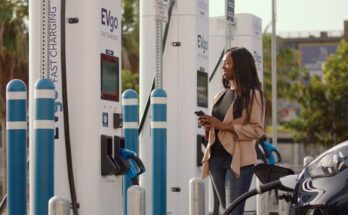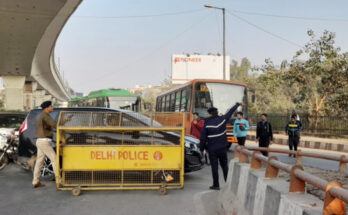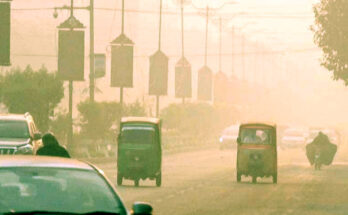The Punjab government has imposed an environmental emergency in Lahore and declared the city calamity-hit as smog and air quality situation continues to get worse day by day.
The air quality levels of Lahore have been deteriorating to hazardous levels. The air quality of the city on the AQI (air quality index) reached to an alarming level of 345. According to iqair.com, a website that monitors air quality across the globe, the city ranks as the 5th most polluted city in the world. Main pollutant is the PM2.5 concentration in Lahore which is currently 59 times the WHO annual air quality guideline value.
Related: Blame Where the Blame is Due
In a news conference, Punjab Chief Minister Pervez Elahi said that an emergency had been imposed in the city and instructed authorities to chalk out a plan to combat the worsening situation. Earlier, the Environment Protection Council held a meeting chaired by the Environment Protection Minister Raja Basharat. In addition to a number of proposals with the purpose of making Punjab’s environmental protection policy compatible with international standards, the government officials proposed to ban vehicles older than 30 years in Lahore for the duration between October to December 2023.
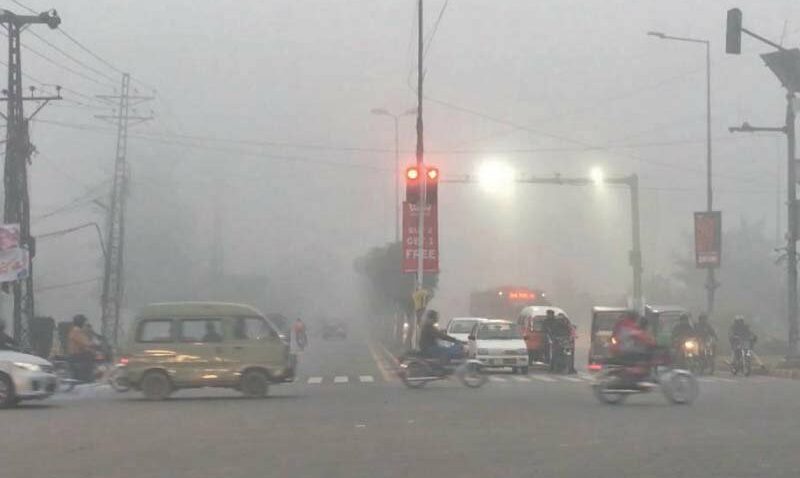
While every action to combat the deteriorating air quality is commendable, the question is whether banning 30 years old cars will be beneficial? If enforced, models before 1993 will be banned in Lahore. However the real question is, the ones allowed (whether 2-, 3- or 4-wheelers) are also built on decades old technology which was discarded from the rest of the world several years ago.
Related: Euro 2 in Pakistan, A Decade!
Bear in mind Pakistan still has Euro-2 implemented, the standards which became obsolete more than 22 years ago but where enforced in Pakistan almost 12 years later in April 2012, and continued to be the official emission standards mandated by the government. Although fuel was upgraded to Euro -5 in year 2020, most refineries are yet to fully shift to Euro-5 while local auto assemblers continue to roll out Euro-2 vehicles.
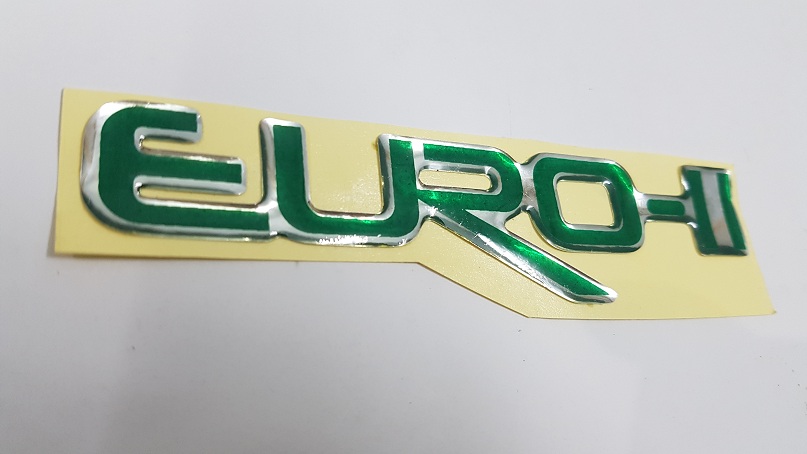
When the fuel standards was being upgraded, assemblers sought 2 years to start rolling out Euro-5 compatible vehicles. However even after more than 2 years we are yet to embrace local assembled vehicles that comply to Euro-5 while there is no government intent to leave Euro-2 behind and move on to better emission standards. While the world is embracing electrified cars to combat environmental challenges and is about to enforce Euro-7, we are yet to get rid of Euro-2 and are technically 20 years behind the world when it comes to emission standards.
Related: Two Years and Still No Euro-5 Cars?
Plus majority of new motorcycles sold in Pakistan based on decades old technology and are almost just as polluting and bad for the environment as anything older. Furthermore government says it promotes electric vehicles & hybrids which makes good optics politically; however no meaningful localization of any hybrid or EVs have been done so far. And the tax relief on EVs that is limited to 50kWh kills the idea of achieving any benefit from electric vehicles.
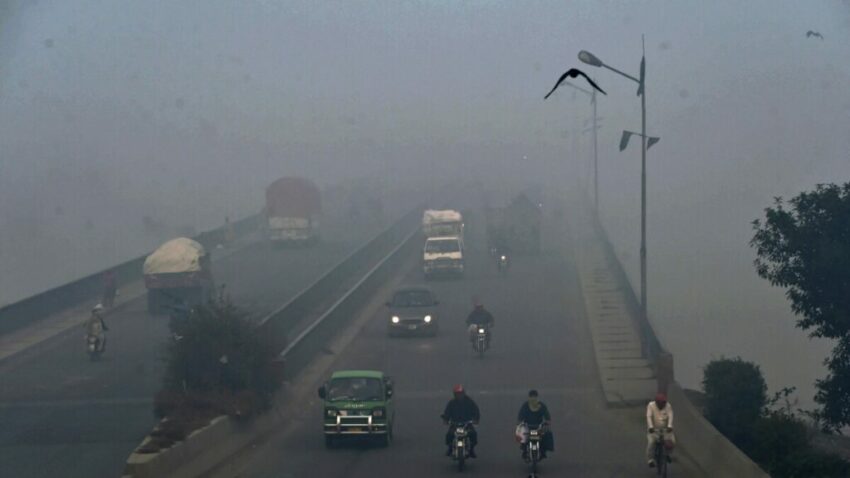
The govt may have introduced a limited number of “green” buses in select areas in select cities. But it has not given any incentives to the private transporters to upgrade their vehicles. To upgrade the massive lot of obsolete passenger & commercial vehicles that are plying on the roads wrapped under the blanket of ‘new’, is the need of the day rather than banning 30-years old vehicles which perhaps amounts to less than 10% of the problem.

A computer animation professional with over 23 years of industry experience having served in leading organizations, TV channels & production facilities in Pakistan. An avid car enthusiast and petrolhead with an affection to deliver quality content to help shape opinions. Formerly written for PakWheels as well as major publications including Dawn. Founder of CarSpiritPK.com

